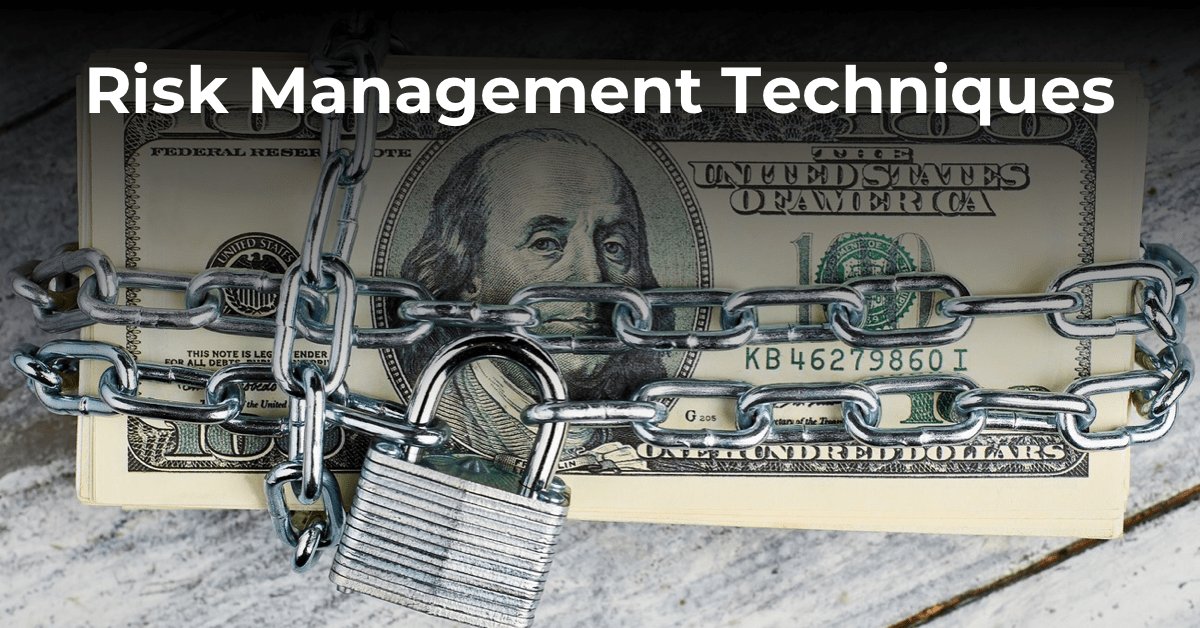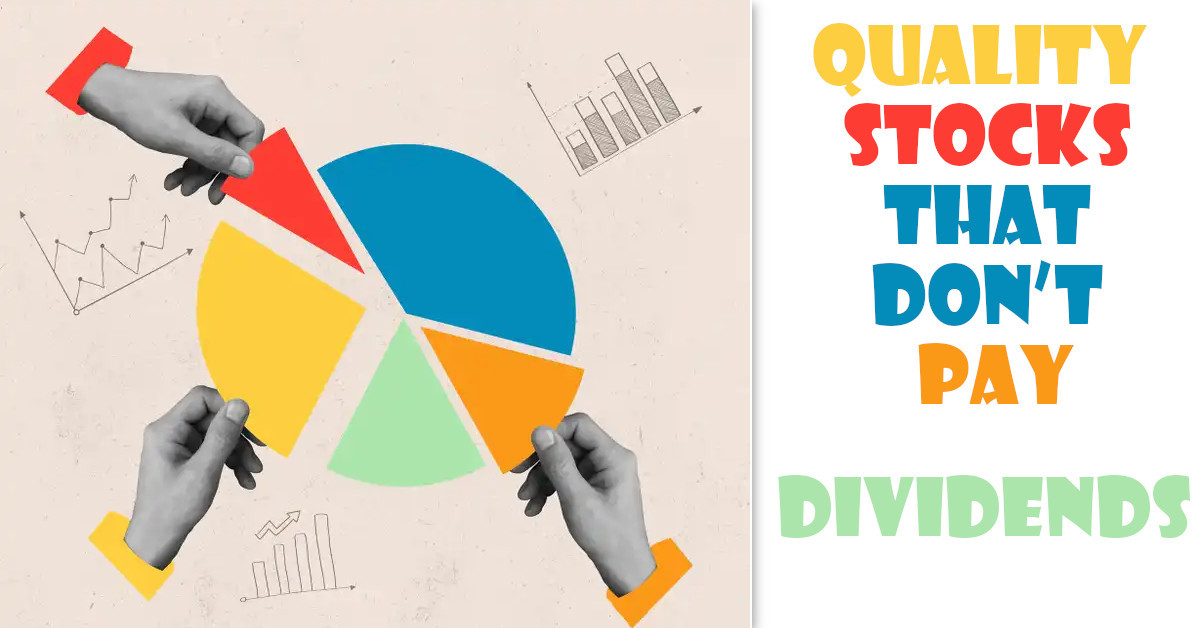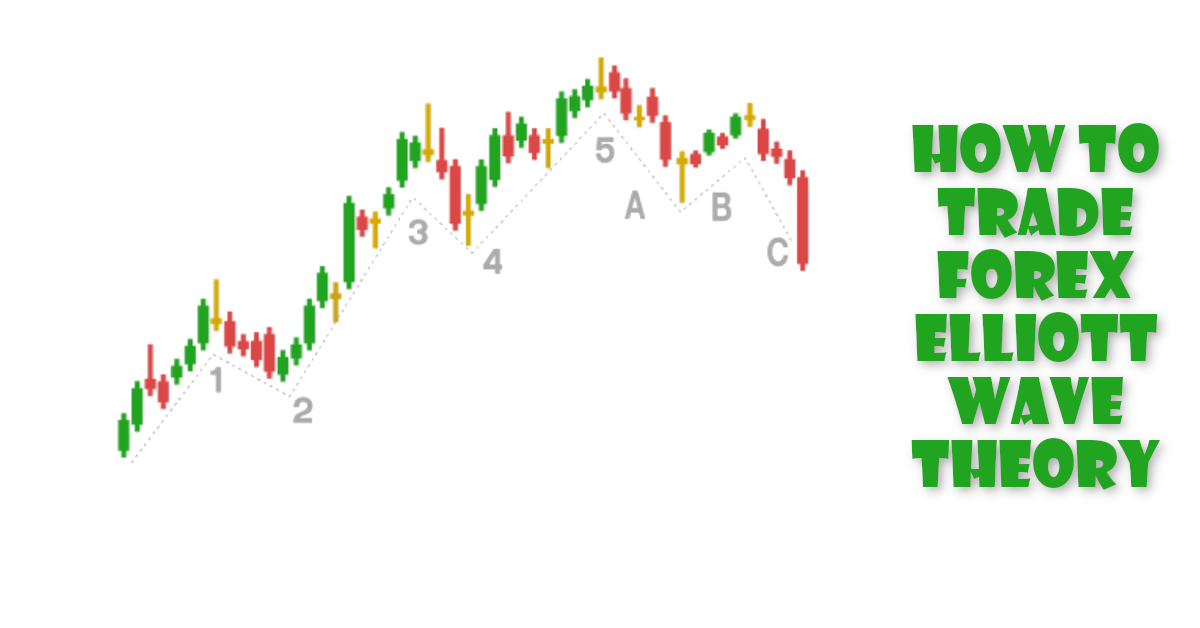Trading in the financial markets carries a real risk of losing money. We all understand this perfectly well, but what should we do to make real money, despite the risks inherent in this industry?
Risks have always been and will be, we have only one duty - to try to reduce them as much as possible. So we`re going to weigh our options against the risk management options available in the financial markets.
Let`s take a look at a list of some of the rules to follow to reduce your risk. It is quite possible that you may have used these methods without suspecting that they are valid risk management steps.
- Use a stop loss-order - This tool is priceless in the matter of risk management - protects your trades from unexpected market movements. So when you enter a position in the hopes that the asset will rise in price, but it actually decreases, and the asset reaches your stop loss price then the trade will be closed to prevent further losses.
- Use a take-profit order - Take Profit aims to automatically close a deal when a certain profit is reached.
- Don`t risk more than you can afford to lose - This mistake is extremely common, especially among those new to trading and investing. There is a rule of 1% it refers to the maximum amount of risk you`re allowed to take per any single trade, in other words traders only allowed to risk up to 1% of their trading account per one trade.
- Don`t overdo it with the leverage - Leverage can offer you the opportunity to increase your profits, but it can also increase your losses. You should consider that the forex market is unpredictable and leverage can cause huge damage in the event of an unexpected change in the market.
- Have realistic profit expectations - One of the main reasons that novice traders take big risks is because they have unrealistic profit expectations, which forces them to risk much more than necessary.
- Create a risk management plan - You need a risk management trading plan, which at least includes the following questions - when to enter a trade, when to exit a trade, what is the minimum risk-reward ratio, what part of your account you are willing to risk in a trade.
- Prepare for the worst scenarios - You should always be prepared for the worst-case scenario in the market and have a backup plan in place.
- Control your emotions - Emotional traders find it difficult to adhere to trading rules and strategies. Overly stubborn traders may not get out of losing trades fast enough because they expect the market to turn in their favor. When a trader realizes his mistake, he should leave the market with the least possible loss. Waiting too long can result in a significant loss of capital. After exiting a trade, traders should be patient and re-enter the market when the opportunity arises.
- Diversify your asset portfolio - A diversified portfolio will protect you in the event of a market crash. You can hope that the decline will be offset by other markets that may have stronger results.
- And the last one, never stop learning - check out online webinars, read educational articles, research new trading strategies, watch video lessons.


















